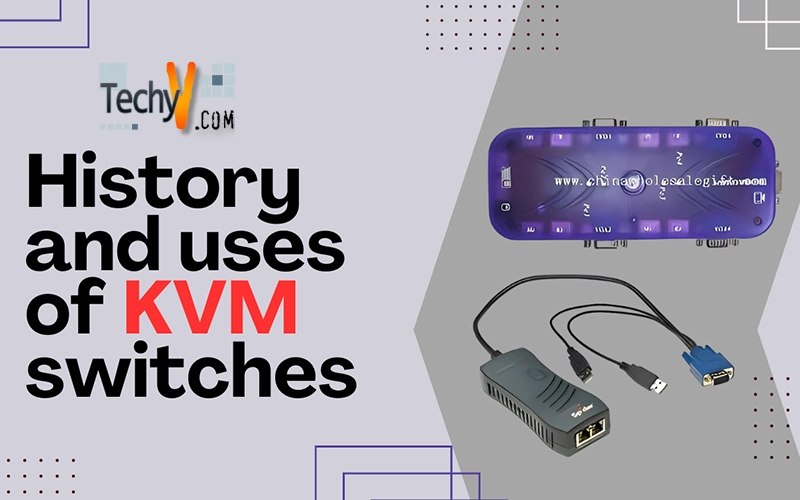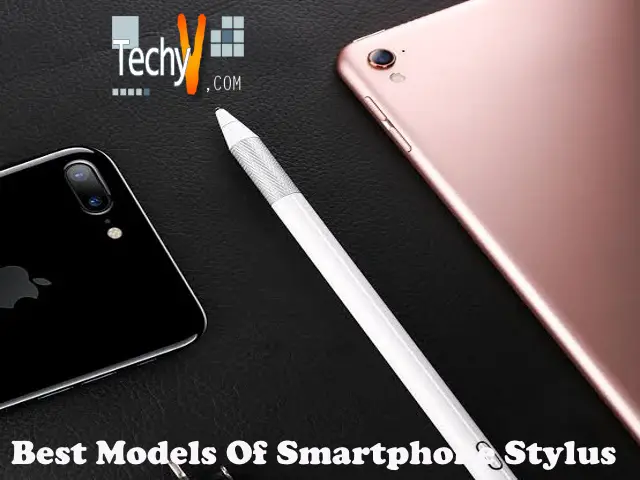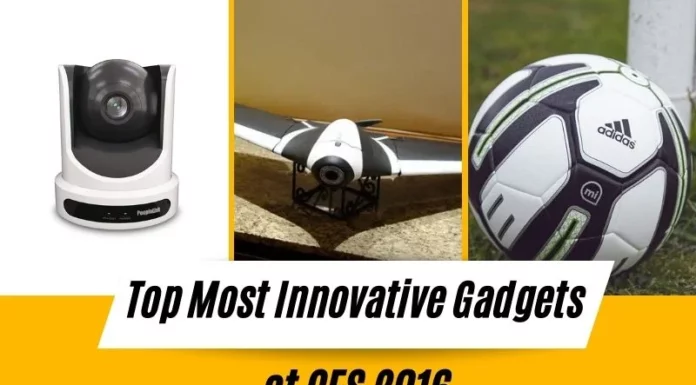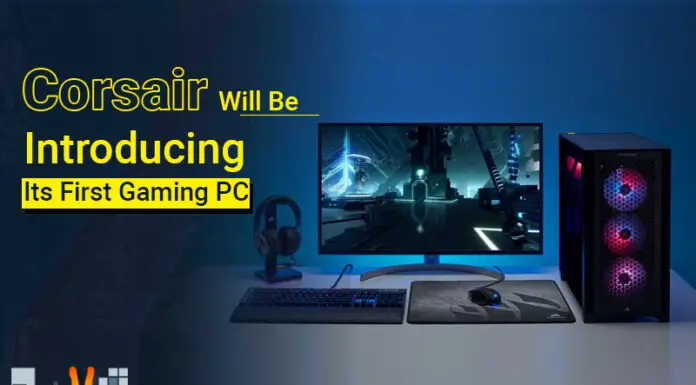History and uses of KVM switches
A KVM (keyboard, video, and mouse) or KVM switch is a device that allows you to control many computers using a single monitor, keyboard and mouse. Multiple computers will be connected to a single KVM switch. Modern KVM switches now provide the facility of sharing USB devices and speakers as well.

A standard 4 port KVM switch (connects up to four PCs)
KVM History
History of KVMs goes back to 1980’s. As the computer industry was growing rapidly during this era, IT server rooms began facing the challenge of having many computers with hundreds of monitors, keyboards and mice, occupying valuable space. It was also tedious, difficult and a waste of time to keep moving around different monitor, keyboards and mice all the time for network engineers and technicians. Hence the KVM was designed to overcome this problem.
IP KVM
KVM over IP (also known as Remote Server Access) controls multiple devices and computers over the TCP/IP protocol.
- They allow you both out-band and in-band access to all connected servers. The servers are connected to the KVM switch via CAT5e cables normally. Utilizing advanced security and regardless of operating system, these KVM over IP products give you the privilege to remotely control all your servers including pre-boot functions such as editing CMOS settings and power cycling your servers.
- With an IP KVM switch, you will be able to access your server via the internet by using an internal LAN/WAN connection or dial up access via an ISDN or standard 56k modem. You can access the KVM via internet browser or vendor proprietary software.
- The IP KVM also uses a special dedicated microcontroller to capture the mouse, keyboard and video signals, compress them and turn them into packets ready to be sent over the network. When they arrive, they are unpacked and uncompressed to show a graphical image
- KVM is controlled by a switch on the KVM which sends signals between all the computers and the devices to find out which one is in use.
- Another function of IP KVM is graphics capturing. For capturing graphics, a PCI KMV IP card uses a technique known as screen scarping. In this technique, the PCI bus master will access the graphics from the memory buffer. In instances like this, the PCI card will need to know which graphics mode the chip is functioning on, so as to interpret the contents of the buffer correctly as in picture data. Advanced technologies can obtain the video directly from the graphics chip using a normal DVI bus.

Simple IP KVM switch for one connection (one PC)
Uses of KVM Switches
- If a public kiosk machine needs to be connected to another location (e.g. for maintenance), a KVM switch can be used to address the situation.
- By using KVM, there is no need to have separate mouse, keyboard and monitor for each and every computer.
- Some KVM switches can function in reverse; allowing the user to connect many keyboards, mice and monitors to a single computer.
Using a KVM Switch
To use a KVM switch, the user simply connects the devices to the ports on the KVM and then connects to the other ports on the computers.

Showing the connection of two PC’s to a KVM switch
Connecting a KVM
You can connect in different ways depending on the port density and type of connections supported by your KVM switch.
- You may find a KVM with all the normal connections for video, mouse and keyboard.
- You may also come across some KVM switches having DB25 or similar connectors where you can connect the normal cables (keyboard, monitor and mouse). The advantage of using DB25 or similar connectors is the reduction in the number of cables connected to KVM.
Advantages & Disadvantages
- The KVM does not depend on any software running on the remote computers, allowing you to have remote interaction with the BIOS settings and managing the whole booting process before, during and after the system loads.
- There are always new ways in which KVM devices will emulate the keyboard and mouse remotely but normally all the newer KVM switches use a USB keyboards and mice via a management controller. On the other hand there is also a disadvantage. These types of cables are usually a bit expensive.
Manufacturers
There are many different manufactures of KVM switches and devices. The leading brands and manufacturers for KVM switches include such as Aten, Raritan, Rose Electronics, Adder Technology, Austin Hughes and Xceedium.


















